Canhui Cai
Vehicle Re-identification Using Quadruple Directional Deep Learning Features
Nov 13, 2018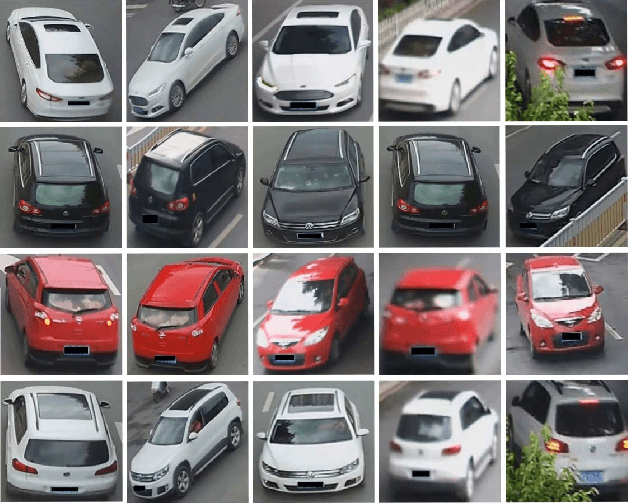

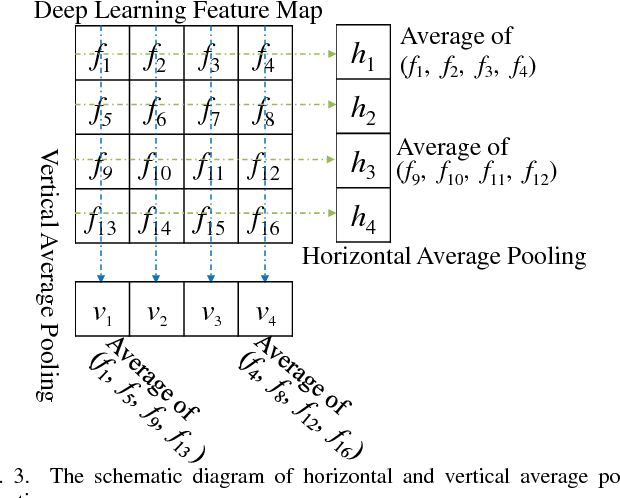
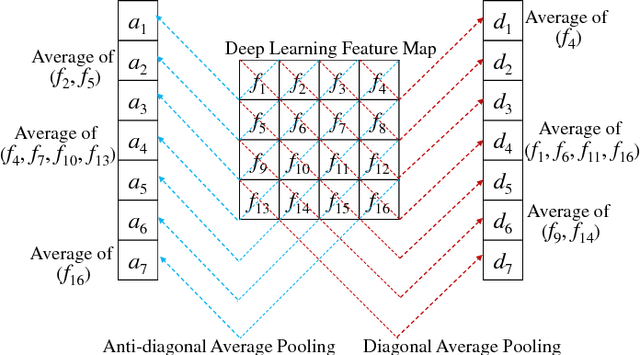
Abstract:In order to resist the adverse effect of viewpoint variations for improving vehicle re-identification performance, we design quadruple directional deep learning networks to extract quadruple directional deep learning features (QD-DLF) of vehicle images. The quadruple directional deep learning networks are with similar overall architecture, including the same basic deep learning architecture but different directional feature pooling layers. Specifically, the same basic deep learning architecture is a shortly and densely connected convolutional neural network to extract basic feature maps of an input square vehicle image in the first stage. Then, the quadruple directional deep learning networks utilize different directional pooling layers, i.e., horizontal average pooling (HAP) layer, vertical average pooling (VAP) layer, diagonal average pooling (DAP) layer and anti-diagonal average pooling (AAP) layer, to compress the basic feature maps into horizontal, vertical, diagonal and anti-diagonal directional feature maps, respectively. Finally, these directional feature maps are spatially normalized and concatenated together as a quadruple directional deep learning feature for vehicle re-identification. Extensive experiments on both VeRi and VehicleID databases show that the proposed QD-DLF approach outperforms multiple state-of-the-art vehicle re-identification methods.
Deep Hybrid Similarity Learning for Person Re-identification
Feb 17, 2017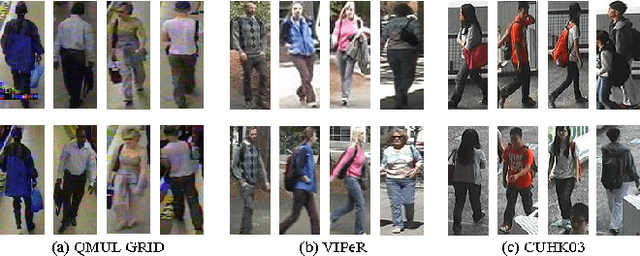
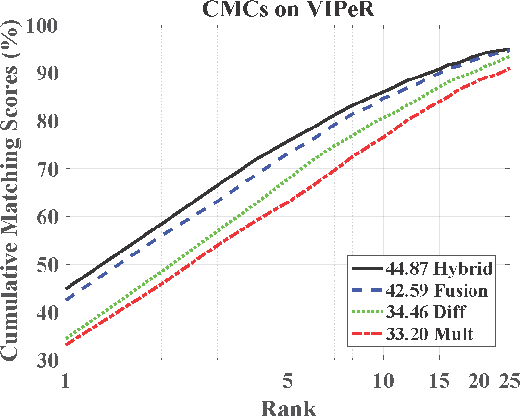
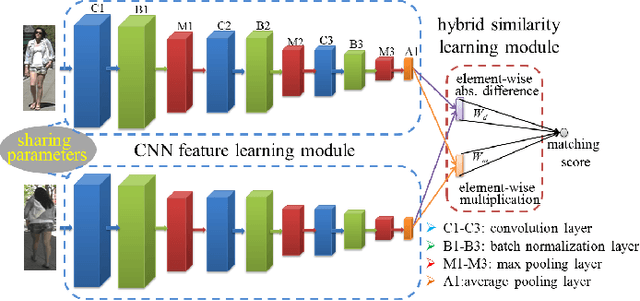
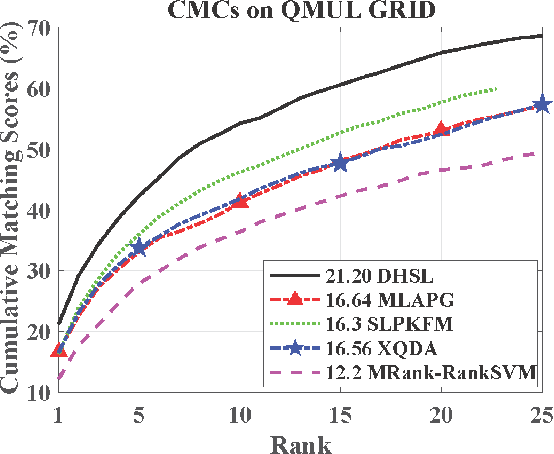
Abstract:Person Re-IDentification (Re-ID) aims to match person images captured from two non-overlapping cameras. In this paper, a deep hybrid similarity learning (DHSL) method for person Re-ID based on a convolution neural network (CNN) is proposed. In our approach, a CNN learning feature pair for the input image pair is simultaneously extracted. Then, both the element-wise absolute difference and multiplication of the CNN learning feature pair are calculated. Finally, a hybrid similarity function is designed to measure the similarity between the feature pair, which is realized by learning a group of weight coefficients to project the element-wise absolute difference and multiplication into a similarity score. Consequently, the proposed DHSL method is able to reasonably assign parameters of feature learning and metric learning in a CNN so that the performance of person Re-ID is improved. Experiments on three challenging person Re-ID databases, QMUL GRID, VIPeR and CUHK03, illustrate that the proposed DHSL method is superior to multiple state-of-the-art person Re-ID methods.
 Add to Chrome
Add to Chrome Add to Firefox
Add to Firefox Add to Edge
Add to Edge